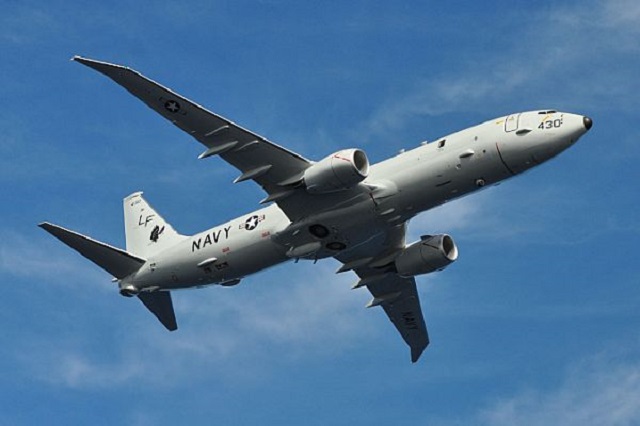With the release of the UK’s Strategic Defence and Security Review (SDSR) around three weeks away, one defence expert has claimed that the government should bypass a competition for the replacement of the Royal Air Force’s cancelled BAE Systems Nimrod MRA4 maritime patrol aircraft, and source an aircraft directly.
The SDSR is rumoured to be set for release on 23 November, ahead of the publication of the UK’s Comprehensive Spending Review two days later, and filling the MPA capability gap is high on the agenda of industry and the Ministry of Defence.
However, given the period of time that the current capability gap has already existed, the source suggests that the UK should eliminate as much risk as possible and bypass a competition.
“I do not see a need for a competition, simply because of the urgency of need for this crucial capability as soon as we possibly can,” the defence consultant told a Bird & Bird briefing on SDSR under Chatham House rules on 2 November. “Not just because we need a proven capability… because we can’t afford to take any risk.”
Boeing's 737-derived P-8 is at the top of the RAF's wishlist, but the high cost of this capability has brought the likelihood of a buy into question, with one national news report at the beginning of November claiming that the P-8 option has been abandoned.
“If we buy P-8 we’re buying an aircraft that is proven, and not having to pay for the development costs of that capability, which of course the American government has paid for,” the consultant says. “I do think that interoperability is crucial to this. Even the aircraft we’ve produced here, such as [Panavia] Tornado have interoperability with US forces and aircraft.”

US Navy
However, another speaker – who previously worked for the government – disagrees: “Clearly the RAF wants the Boeing offer. I believe that the capability gap has been outstanding for so long that there has to be a competition – a proper competition, but an extremely quick one.”
The source adds that should Boeing win this competition, its offering would have to include an “innovative solution about ownership and costings”, and that UK systems – such as sensors and electronics – would have to be included.
“[Defence secretary] Michael Fallon has also talked about a culture more ready to take risks and speed up change, to encourage innovation and encourage our technical advantage,” the source says. “And this innovation has to be done with industry as a whole, including small and medium enterprises, not just large contractors."
Other notable expectations of the coming SDSR include a replacement for the British Army’s Westland/Boeing Apache AH1 attack helicopters going ahead “very soon”, plus a decision to extend the use of the RAF’s Raytheon Sentinel R1 surveillance aircraft until either 2021 or 2025. A commitment to allocate funding for the upgrade of the service's Boeing E-3D Sentry fleet of airborne warning and control system aircraft to extend operations to 2035 could also be forthcoming.
An additional three RAF squadrons are also expected to be established, sources suggest – one for the Lockheed Martin F-35 and two for the Eurofighter Typhoon – as the 2019 planned out-of-service date for its 53-strong fleet of Tranche 1 production examples is expected to be reversed. The UK's overall F-35 requirement is predicted to remain at the previously requested 48, but “left open for upward review” in the 2020 and 2025 versions of the SDSR, the consultant says.
Source: FlightGlobal.com
















